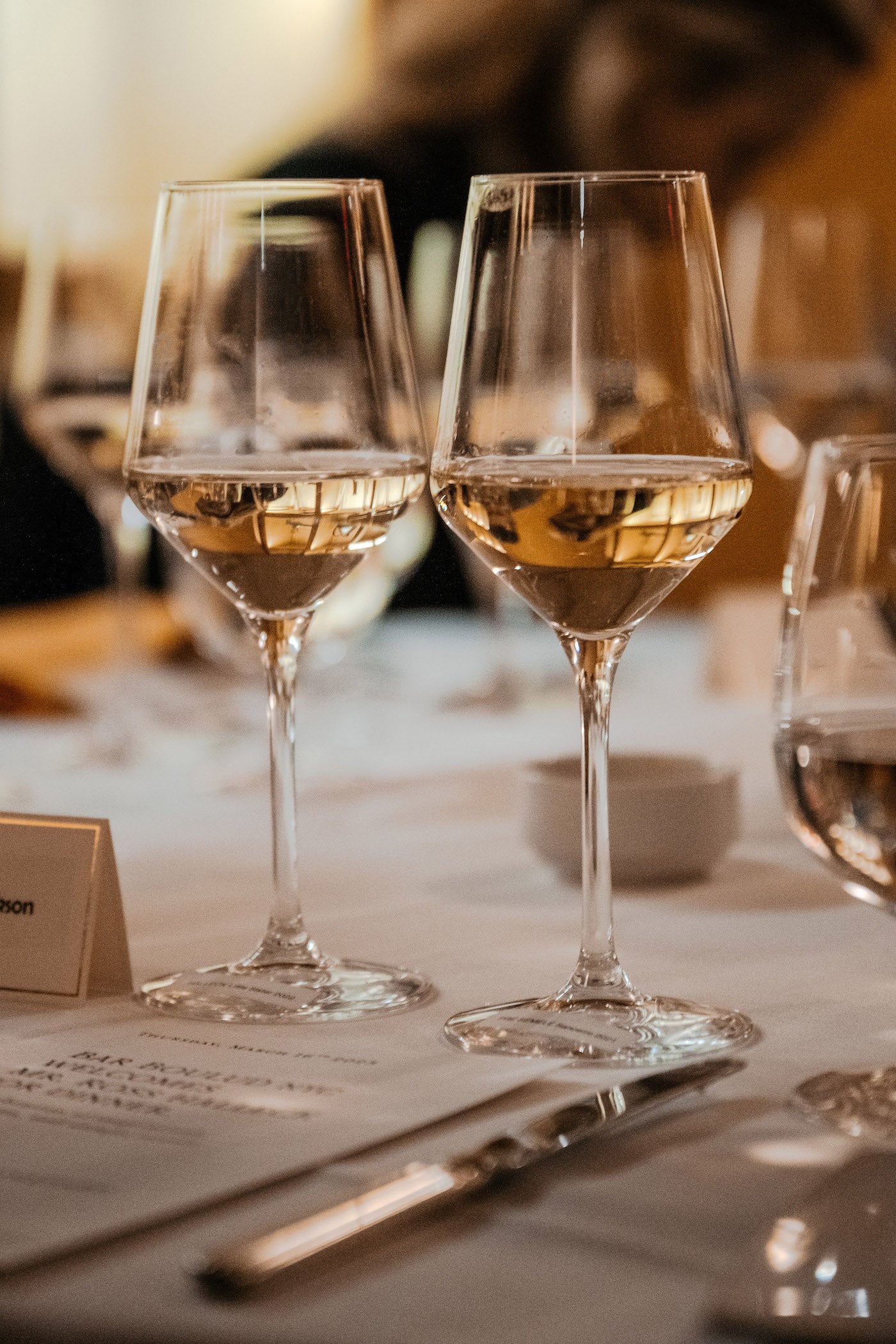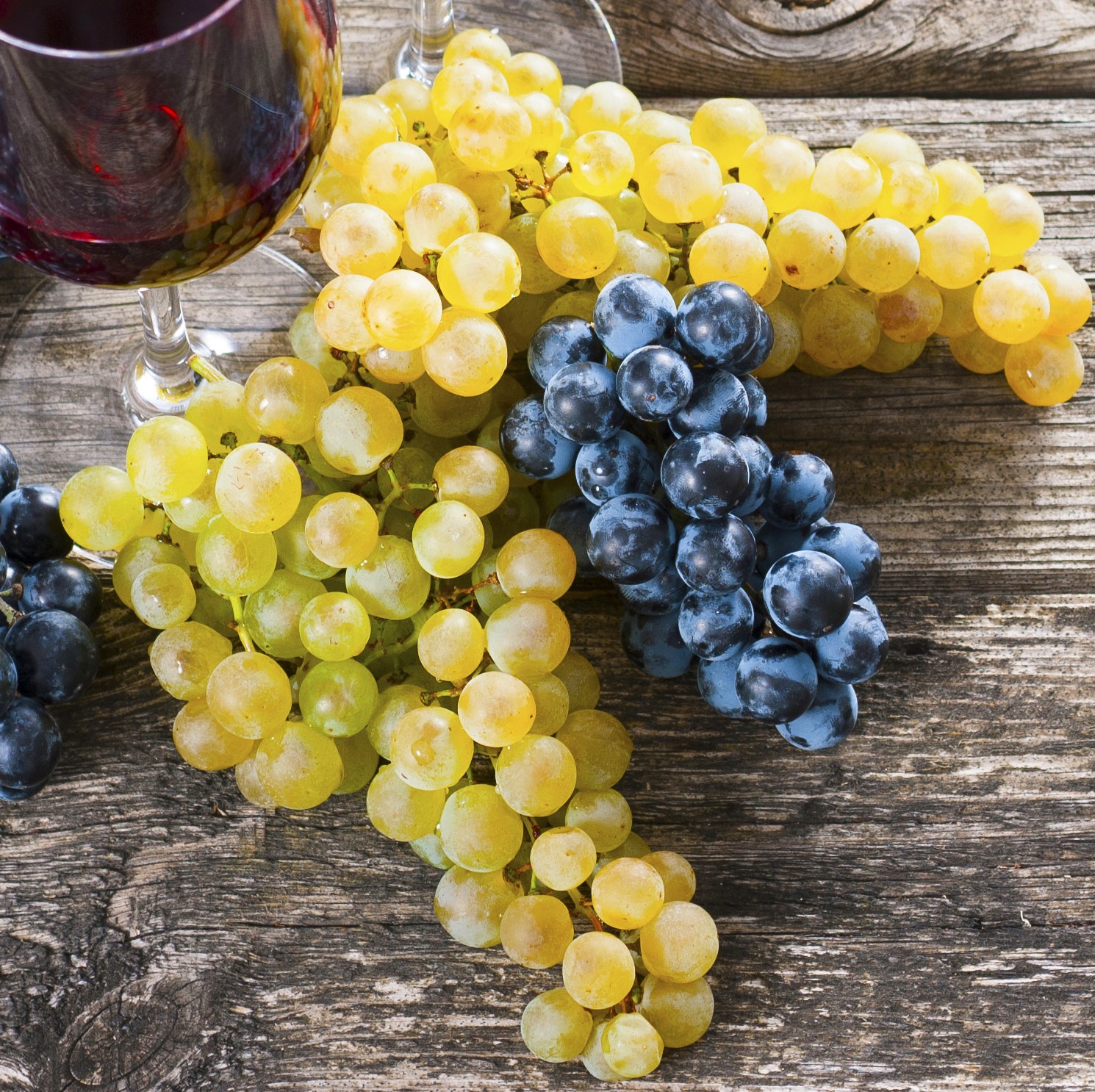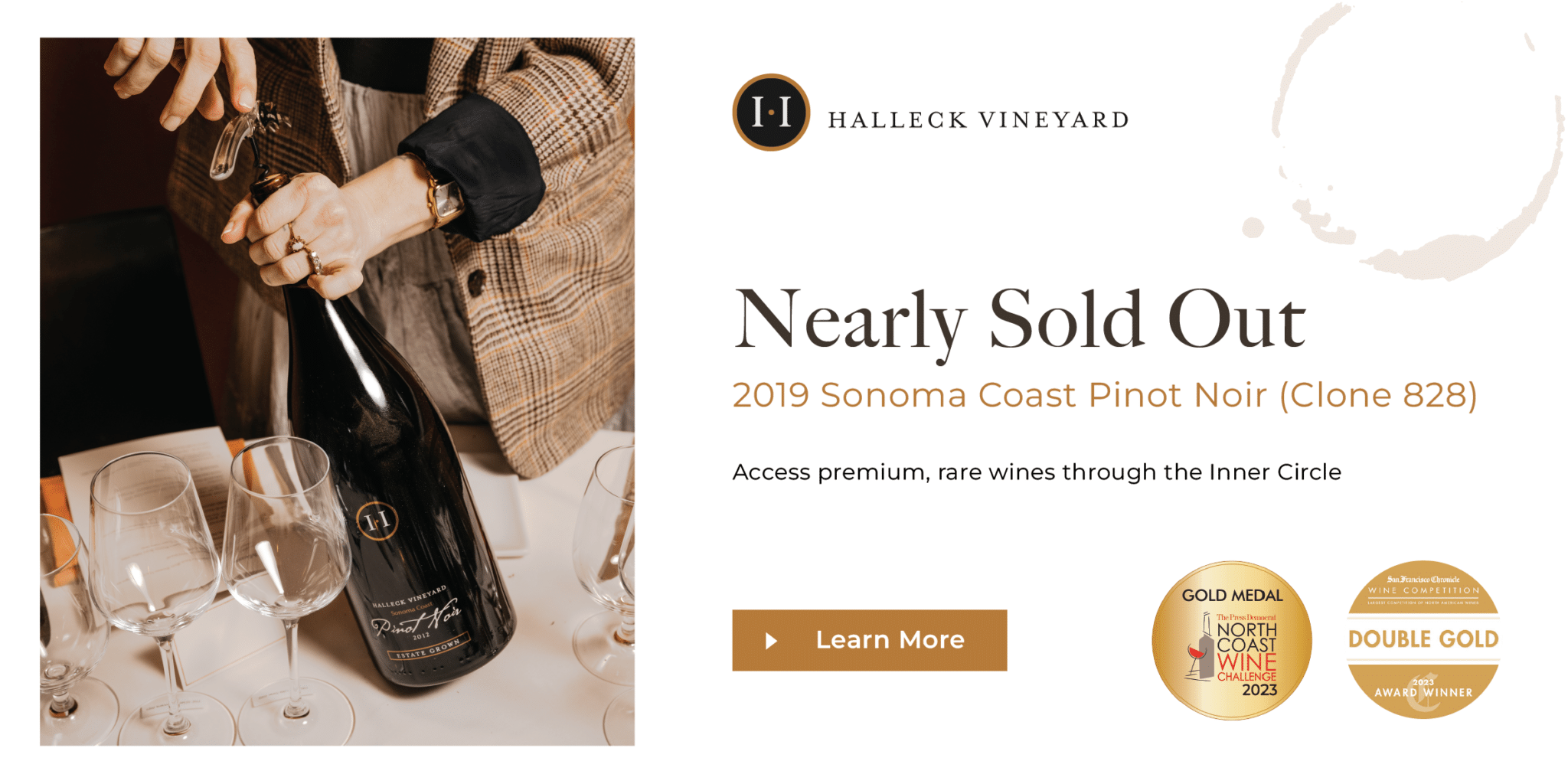Wineries Perfect For A Relaxing Afternoon - Discovering Sonoma Area Wineries
Wineries Perfect For A Relaxing Afternoon - Discovering Sonoma Area Wineries
Blog Article
Wineries Promoting Wine Club Memberships - Sebastopol's Vibrant Wine Scene
Wine tasting is an art that requires practice and an understanding of varied aspects concerned in the course of. One essential factor of wine tasting is the development and interpretation of tasting notes, which serve as a guide for each novices and seasoned connoisseurs. A Guide To Understanding Winery Wine Tasting Notes can enhance your wine-tasting experience, making it more meaningful and gratifying.

Tasting notes are concise descriptions that seize the essence of a wine’s flavors, aromas, and total character. Usually composed by professional tasters, winery tasting notes offer insights into the nuances of varied wines. They can help wine enthusiasts perceive what to anticipate from a selected bottle. However, tasting notes can differ broadly in style and detail based mostly on the author's experience and palate.
Celebrated Winemakers To Discover In Sonoma - Sonoma County's Best Wine Experiences
When you first approach a glass of wine, your senses will begin to engage immediately. The sight, scent, and style of the wine will converge to offer you an entire experience. Tasting notes usually start with the visible assessment, the place the color of the wine is taken into consideration. Colour plays a major role in indicating the wine’s age, grape selection, and even its flavor profile.
After assessing the visual facet, the subsequent step entails swirling the wine in the glass. This action aerates the wine, allowing its aromas to awaken. Smelling the wine offers critical insight into its complexity. The initial sniff can ship a flood of scents that will include fruity, floral, natural, or earthy notes. This is commonly essentially the most subjective a part of tasting, as individual experiences can dramatically differ.
In winery tasting notes, descriptors are sometimes categorized into primary, secondary, and tertiary aromas. Major aromas normally stem from the grape selection, secondary aromas derive from fermentation processes, and tertiary aromas arise from aging. Understanding these categories can help you recognize the depth of a wine, and so they also give you the vocabulary to precise your experience better.
Wine Tasting Events In Sonoma County - Wineries In The Sebastopol Region
Following the olfactory encounter, your focus will shift to the taste of the wine. This is where the first characteristics—sweetness, acidity, tannins, alcohol—come into play. Tasting notes often detail these flavors in multiple dimensions, including the preliminary attack on your palate to the lingering finish in your tongue. A high-quality wine will current a harmonious steadiness between these components.
While tasting, it is essential to contemplate the body of the wine, which can be described as light, medium, or full. The body contributes considerably to your general impression, helping you contemplate how the wine pairs with food or whether or not it stands alone as a sipping wine. Balancing the physique with the opposite characteristics provides you with a fuller understanding of what the wine has to supply.
The finish of the wine, also referred to as the aftertaste, is one other critical aspect typically included in tasting notes. A lengthy, pleasant end usually indicates a higher quality wine, while a brief or cloying aftertaste may suggest in any other case. Evaluating the end can offer additional insight into the wine's complexity and distinction.
Understanding the context of winery tasting notes is also valuable. Tasting notes can present contextual details about the vineyard's location, local weather, and grape-growing practices. This context adds one other layer of appreciation for the wine, permitting enthusiasts to attach the sensory experience with its origins, thus enhancing the enjoyment additional.
Wineries Known For Their Hospitality - Wineries To Explore In Sonoma Valley
Many wineries provide tasting notes on their websites or labels, usually written in an approachable yet informative style. Nonetheless, not all winery tasting notes are created equal. Some could also be overly technical, while others would possibly prioritize marketing aptitude over insightful evaluation. Learning to navigate these notes can arm you with the knowledge to make informed selections when deciding on wines.
Collaborating in tastings at wineries can even deepen your understanding of wine tasting notes. Interacting with educated staff can give you a more hands-on method to exploring completely different wines and the language used to describe them. Wineries Offering Educational Wine Seminars. You Will have the chance to ask questions, interact in discussions, and doubtlessly refine your palate in actual time.
Experimentation is essential for mastering wine tasting notes. As you sample different wines, try making your personal notes. Focus on describing the wine’s shade, aroma, style, and finish. Over time, you’ll develop a private vocabulary that resonates together with your sensory experiences. Every note you create will help refine your palate, permitting you to understand wines at a deeper degree.
Rustic Family-Owned Wineries In Sebastopol - Sonoma Vineyards Worth Visiting
In conclusion, a Guide To Understanding Winery Wine Tasting Notes presents a comprehensive framework for diving into the world of wines. It equips you with the methods and language necessary to articulate your experiences. Whether you are a informal drinker or a devoted aficionado, understanding and why not try this out utilizing tasting notes can profoundly impression your wine journey. This data not only enhances your enjoyment but in addition connects you deeply with the rich narratives each bottle tells. By embracing this journey, you turn out to be part of the attractive mosaic of wine tradition, the place every sip unveils a new story ready to be discovered.
- Wine tasting notes sometimes embody quite a lot of sensory descriptions, together with aroma, flavor, acidity, physique, and finish, permitting tasters to fully recognize the wine's characteristics.
- To improve your understanding, familiarize yourself with frequent wine terminology such as "tannins," "oakiness," or "terroir," which might help decipher the notes more effectively.
- A systematic strategy to tasting entails first visually assessing the wine's shade and clarity, adopted by swirling to release aromas, then inhaling and describing what you experience.
- Taking notes throughout tasting may help identify patterns over time, improving your palate and making it easier to recall preferences for future selections.
- Do Not overlook the influence of food pairings; tasting notes can differ tremendously when a wine is loved with complementary flavors, altering notion and delight.
- Pay attention to the wine’s vintage, as climatic conditions in a given yr can considerably affect the final product, adding one other layer to the tasting notes.
- Contemplate the winemaker's style and philosophy, which can shape the wine's profile and impact how its notes evolve with each sip.
- Working Towards with completely different grape varieties can broaden your vocabulary; each type brings distinctive characteristics that may improve your capability to articulate tasting notes effectively.
- Engaging with wine professionals or attending tasting events can provide valuable insights, providing a richer context for understanding personal tasting notes.
- Bear In Mind that tasting is subjective; particular person preferences and experiences will form one’s interpretation of the same wine, enriching the overall enjoyment of wine exploration.
What are wine tasting notes?
Wine tasting notes are descriptive feedback made by tasters concerning the look, aroma, taste, and finish of a wine. They present an overview of the wine's traits and can help customers perceive next page the style and high quality of the wine.
Wineries In Green Valley - The Beauty Of Sebastopol Wineries
Why are tasting notes necessary when selecting wine?
Tasting notes can guide you in selecting a wine that suits your palate. They present insights into flavors and aromas, serving to you to match wines with food or occasions. Understanding these notes enhances your general wine experience.
How should I learn wine tasting notes?
(Wineries With Picnic Areas)
Best Wineries For Sunset Views In Sebastopol - Exploring Sonoma's Wine Landscape

When studying wine tasting notes, take note of the construction: look for descriptions of color, aroma, flavor, and end. This will allow you to grasp the wine's profile and determine if it aligns with your preferences.
What terms commonly seem in wine tasting notes?
Widespread terms include "tannin" (the structure), "acidity" (the crispness), "physique" (the weight), and various flavor descriptors like "fruity," "earthy," or "spicy." Familiarizing yourself with these terms can deepen your understanding of wine.
Wineries Featuring Vineyard Tours - Sonoma Wine Retreats

Am I Able To create my very own tasting notes?
Yes! Writing your own tasting notes can improve your wine tasting experience. Focus on your observations of style, aroma, and other sensory characteristics. This personal practice can help you refine your palate over time.
How do I establish the aromas in wine tasting notes?
Wineries Near Highway 12 - Wineries To Visit
To establish aromas, practice smelling a wide range of scents and associating them with wines. Swirl the wine in your glass to launch its aromas, then take a second to breathe in deeply before identifying any prominent scents.
What is the distinction between professional and private wine tasting notes?
Professional tasting notes might use more technical language and particular terminology, whereas personal tasting notes are subjective and replicate individual experiences. Both are valuable for understanding and enjoying wine, however personal notes may resonate more along with your unique tastes.
How can tasting notes improve my wine appreciation?
Wineries Offering Virtual Wine Tastings - Vineyards In The Sonoma Region
Tasting notes can enhance your appreciation by serving to you to know and articulate the complexities of wine. They encourage aware tasting and provide a framework for comparing completely different wines, resulting in a richer enjoyment of the beverage.
Are there any apps or tools to assist with wine tasting notes?
Sure, there are a number of apps designed to assist users report and arrange their tasting notes. These tools usually offer options like flavor wheel guides and wine database searches, making it easier to trace your journey via different wines. Report this page